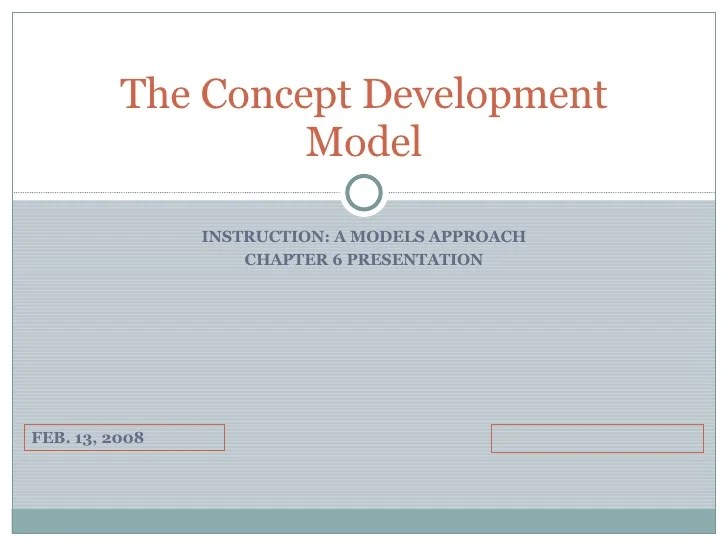Concept development practice page 35 1 is a fundamental aspect of innovation and creativity, shaping the success of countless industries. This guide delves into the core concepts, key elements, and best practices of concept development, providing a comprehensive understanding of this essential process.
From defining the concept to implementing and deploying successful solutions, this guide offers a roadmap for effective concept development, empowering individuals and organizations to drive innovation and achieve their goals.
1. Definition of Concept Development Practice: Concept Development Practice Page 35 1

Concept development practice refers to the systematic process of generating, evaluating, and refining ideas to create new products, services, or experiences. It involves understanding user needs, brainstorming ideas, conducting research, and iterating on concepts until a viable solution is reached.
Examples of concept development practices include designing a new smartphone, developing a marketing campaign, or creating a new business model.
Concept development is crucial in various industries, including technology, healthcare, consumer products, and business strategy, as it enables organizations to innovate, meet customer needs, and gain a competitive advantage.
2. Key Elements of Concept Development Practice

The key elements involved in concept development practice include:
- Brainstorming:Generating a wide range of ideas through group discussions or individual ideation sessions.
- Research:Conducting market research, user interviews, and competitive analysis to gather insights and validate ideas.
- Iteration:Refining and improving concepts through multiple rounds of testing, feedback, and refinement.
- Collaboration:Involving cross-functional teams, stakeholders, and customers to gather diverse perspectives and expertise.
- Feedback:Obtaining feedback from users, experts, and decision-makers to assess the viability and effectiveness of concepts.
3. Stages of Concept Development Practice
The concept development practice typically involves the following stages:
- Ideation:Generating and exploring a wide range of ideas.
- Screening:Evaluating ideas based on feasibility, market potential, and alignment with business objectives.
- Concept development:Refining and developing promising ideas into detailed concepts.
- Testing:Conducting user testing, market research, and prototyping to gather feedback and validate concepts.
- Selection:Choosing the most viable concept for further development and implementation.
Smooth transitions between stages are crucial to ensure that ideas are refined and validated throughout the process.
4. Methods and Techniques for Concept Development Practice
Various methods and techniques are used in concept development practice, including:
- Design thinking:A human-centered approach that emphasizes empathy, ideation, and prototyping.
- Mind mapping:A visual representation of ideas and their connections.
- Scenario planning:Developing hypothetical scenarios to explore different possibilities and outcomes.
- Storyboarding:Creating a visual narrative to illustrate concepts and user experiences.
- Prototyping:Creating physical or digital models of concepts to test and refine ideas.
Each method has its advantages and disadvantages, and the choice of technique depends on the specific context and objectives of the concept development project.
5. Evaluation and Selection of Concepts
Concepts are evaluated and selected based on various criteria, including:
- User needs:How well the concept meets the needs and desires of the target users.
- Market potential:The size and growth potential of the market for the concept.
- Feasibility:The technical, financial, and organizational viability of the concept.
- Alignment with business objectives:How well the concept supports the strategic goals and values of the organization.
User testing and feedback are crucial for validating concepts and making informed selection decisions.
General Inquiries
What is the core concept of concept development practice?
Concept development practice involves generating, evaluating, and refining ideas to create innovative solutions that meet specific needs or solve problems.
Why is concept development important in various industries?
Concept development is crucial in industries such as product development, marketing, and design, as it enables the creation of new products, services, or campaigns that meet customer needs and drive business growth.
What are the key elements of concept development practice?
Key elements include brainstorming, research, iteration, collaboration, and feedback, which contribute to the generation, refinement, and selection of innovative concepts.